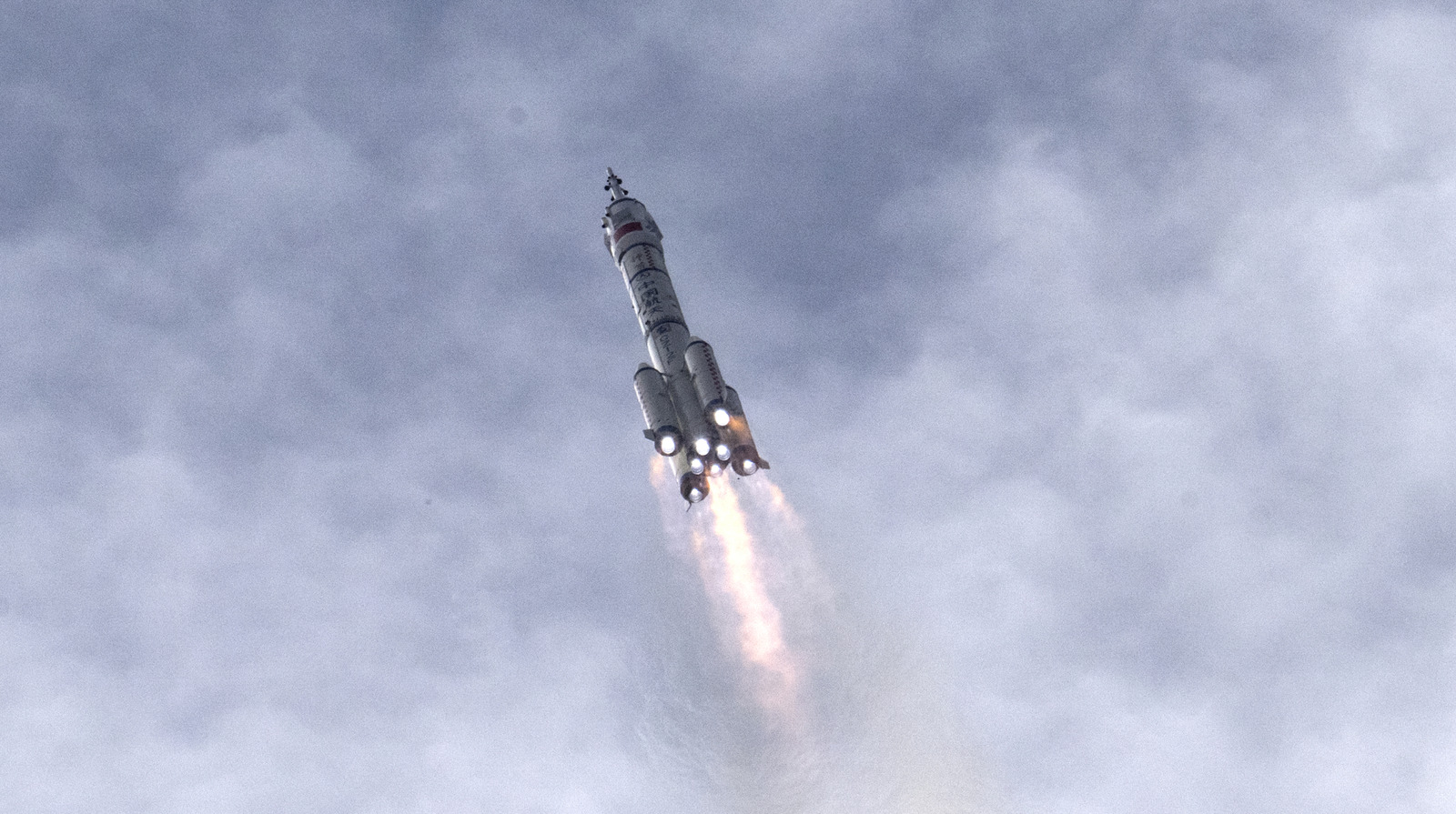According to footage captured by s2a systems and uploaded to X, two Chinese satellites, Shijian-21 and Shijian-25, flew into extremely close proximity on both June 13 and June 14. This is notable, since Shijian-25 was specifically designed to test on-orbit refueling capabilities, per Space News. At a minimum, China is running these precision maneuvers to set up for a full test of refueling capabilities. It is even possible that this full test already happened on one of these days (China itself isn’t exactly forthcoming).
Space is becoming congested and contested, as more and more tonnage is put into orbit every year and militaries around the world develop mechanisms to disrupt vital satellite communications. While a satellite’s electrical power comes from solar panels, its actual ability to maneuver comes from on-board fuel. Until now, a satellite has been limited to whatever fuel it launched with, meaning that once it runs out, it’s stuck in whatever orbit it’s currently in.
On-orbit refueling would thus allow a satellite to have utility for a much longer period and in fact would enable its operator to maneuver the satellite more often, since the operator wouldn’t have to ration precious fuel. Combined with fuel made in orbit in the first place, it’s a huge extension to service life. That’s obviously great for commercial satellite users, but it’s also great for military satellites that would want to maneuver around a lot to fulfill their missions — which might well be to destroy an enemy satellite.
The most exciting gas station of all time
Though the idea of on-orbit refueling goes as far back as NASA in the 1960s, it turns out to be very difficult to head to the pump when you’re moving at 7,000 mph while 22,000 miles above the surface of the Earth (which is what you need for geosynchronous Earth orbit, or GEO). So the satellite needs to feature a number of capabilities, such as precision maneuvering and clamping/capturing for docking. Shijian-25 is going to have to pull off some very fine flying.
Its intended target, Shijian-21, is also designed for grabbing and moving things in space. Back in January 2022, it actually captured and then towed a dead satellite into a different orbital height around the Earth. Space News says that it may well have been designed to participate in an on-orbit refueling test after its primary mission was done. There’s a sense in this: If both SJ-21 and SJ-25 have the ability to grab another satellite, that is a redundant level of mutual capturing ability that may help.
If these two satellites in GEO can actually pull off a refueling, it will be a huge leap for China’s, and even the world’s, ability to operate in space, opening up all sorts of new possibilities. Pretty exciting! So exciting that two U.S. spy satellites grabbed a space chair and some space popcorn to watch. Since satellite positions are pretty easy to see, this is likely more than just typical espionage — it’s an open statement to China that America is watching.
On-orbit refueling is an arms race
Up until now, satellites have not even been designed with refueling in mind, because, well, it wasn’t possible. That will change if China can prove otherwise, and once that happens, satellites will likely be re-engineered to account for it. Even if China doesn’t pull it off this year, America is planning to have a go of its own in 2026, when private company Astroscale will try to refuel two U.S. Space Force satellites, per Space.com. As usual in human history, once an adversary tries to do it, suddenly it becomes a priority.
It should be noted that much of the technological capability needed for refueling can also be used for direct attack purposes. Maneuvering precisely in order for mechanical arms to grab a satellite and move it somewhere else? That could be used to kidnap an enemy asset and fling it off into the universe. So even if China claims that this is harmless civilian tech, America will take that with a grain of space salt. Besides, doing all that would require a lot of fuel, but that wouldn’t be such a big deal if you could just stop at the orbital gas station.
These are exactly the sorts of issues that Space Force was created to deal with. Communications, navigation, photography, reconnaissance — it all goes through satellites in orbit. Whether those satellites are used to expand our potential here on the surface, or go to war with each other, will be a fine line. In space.



